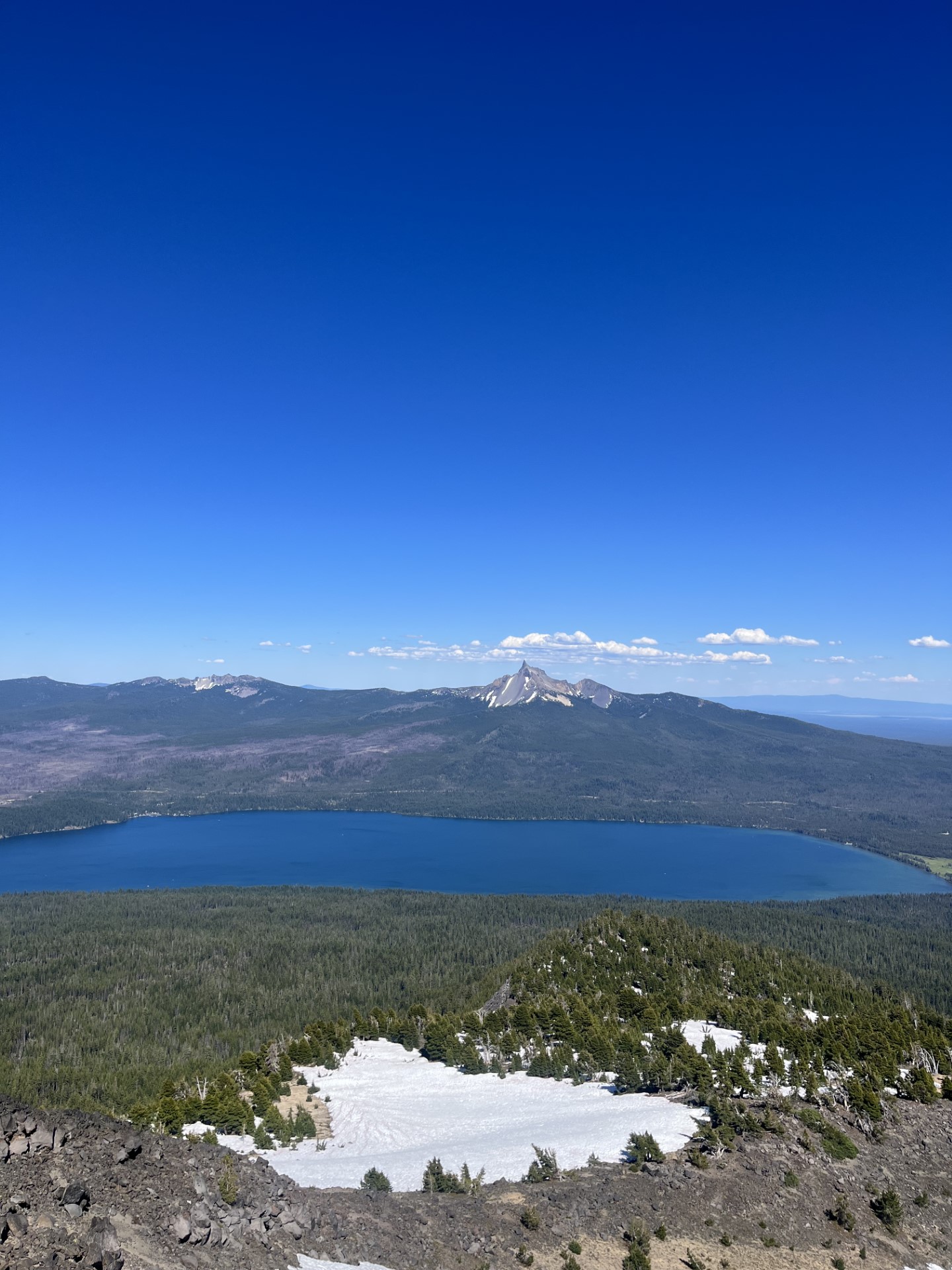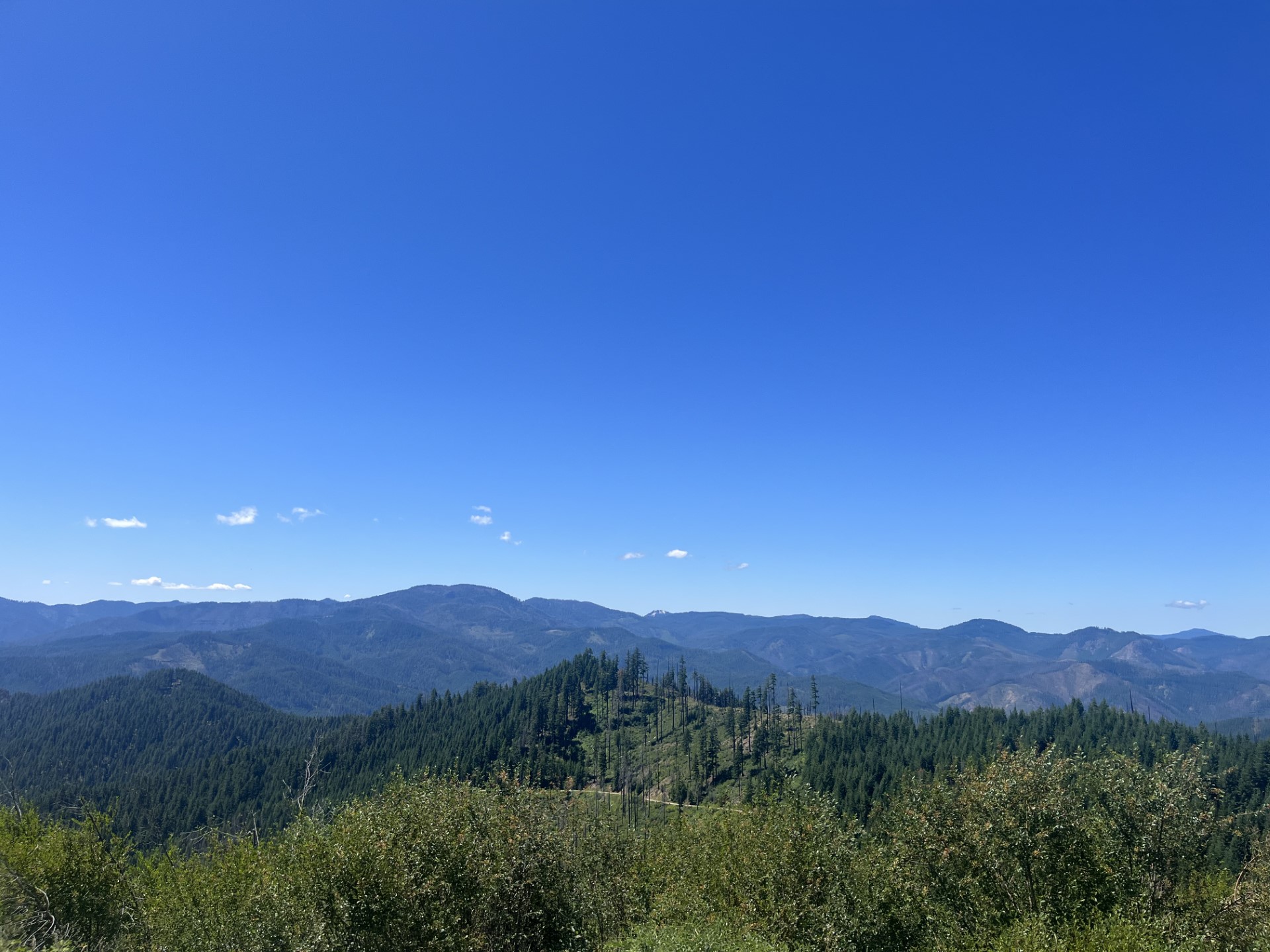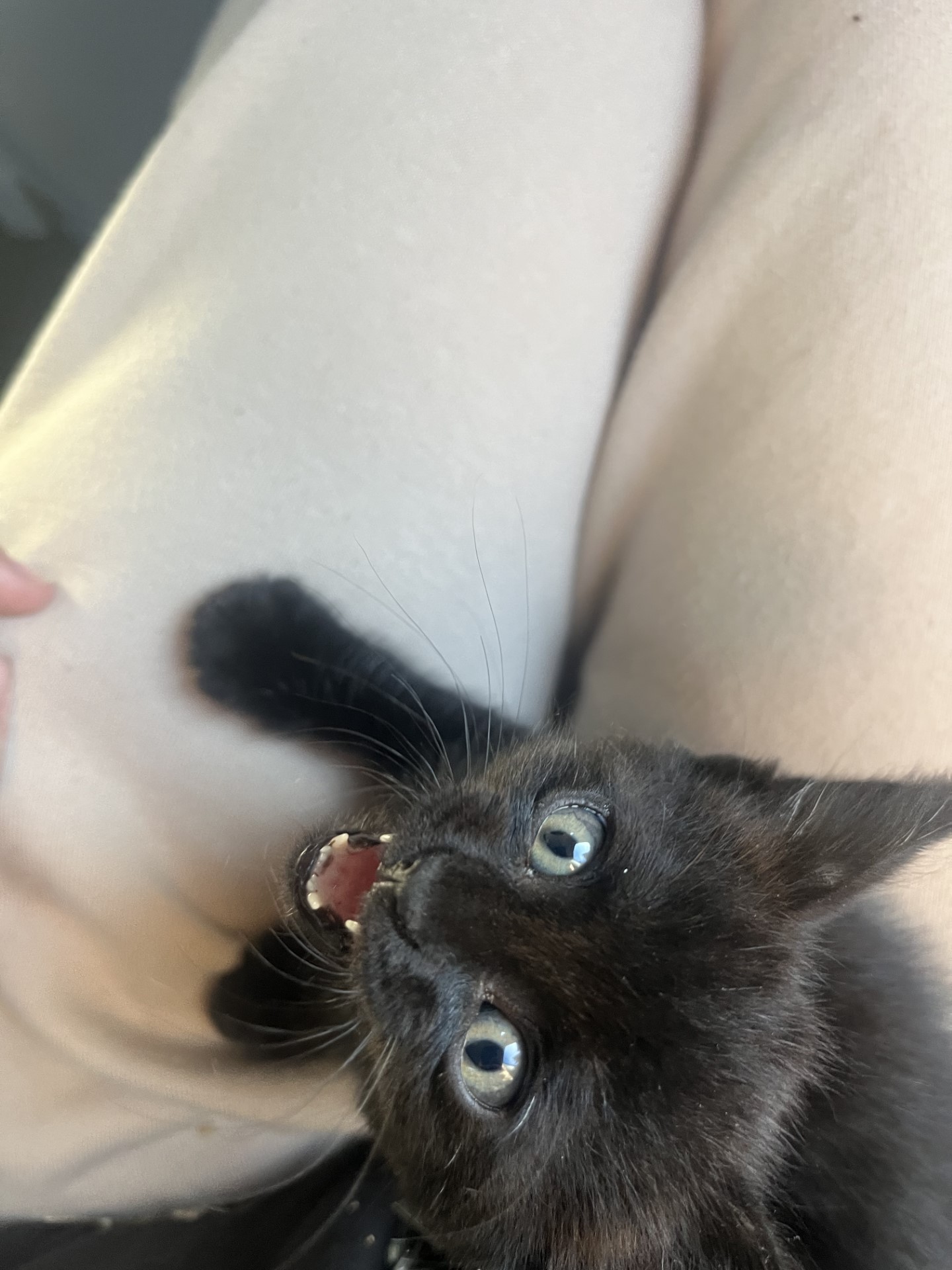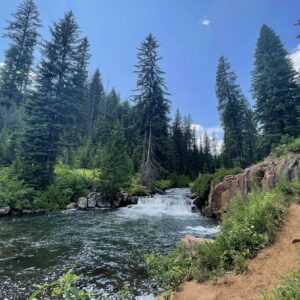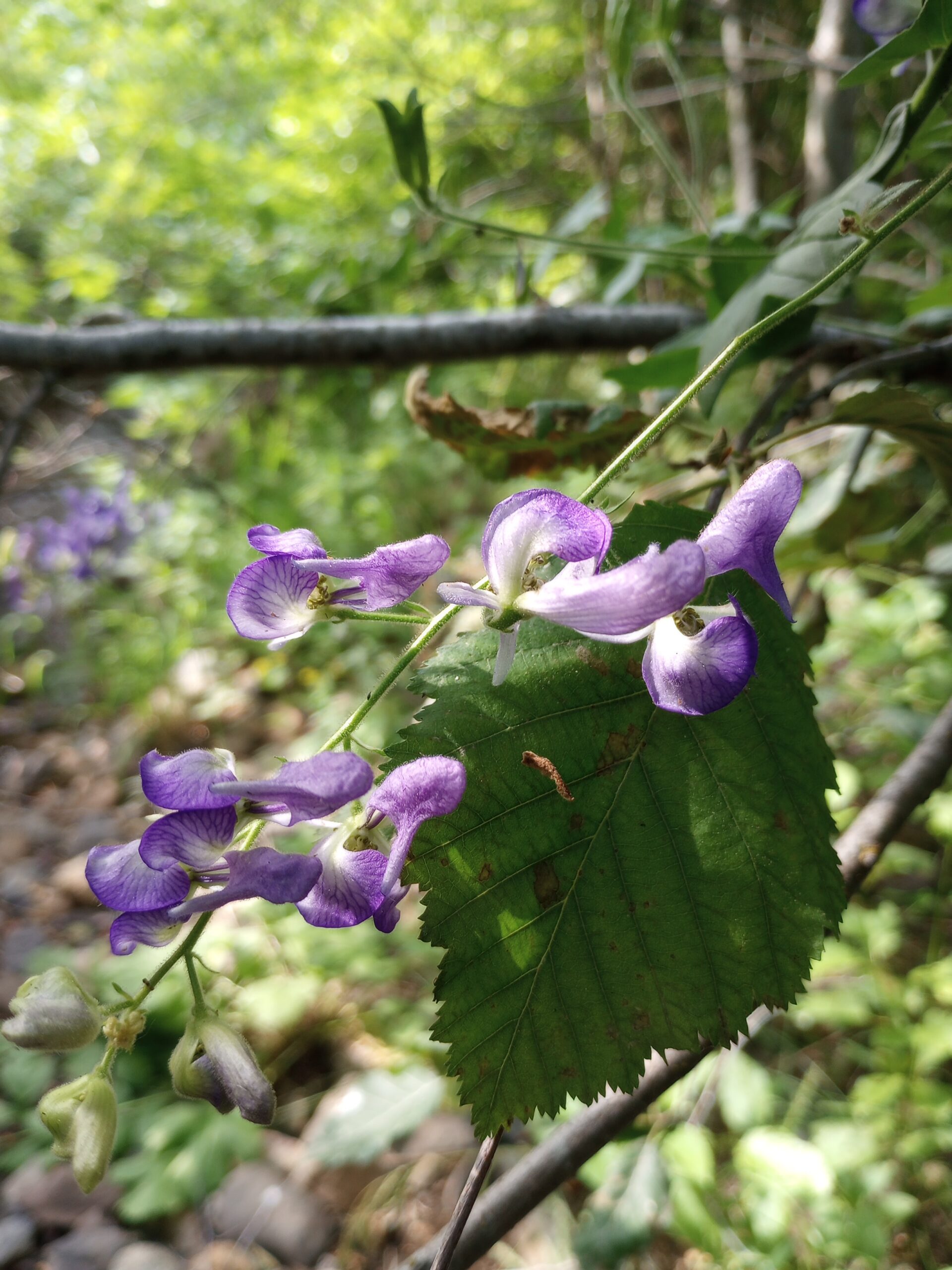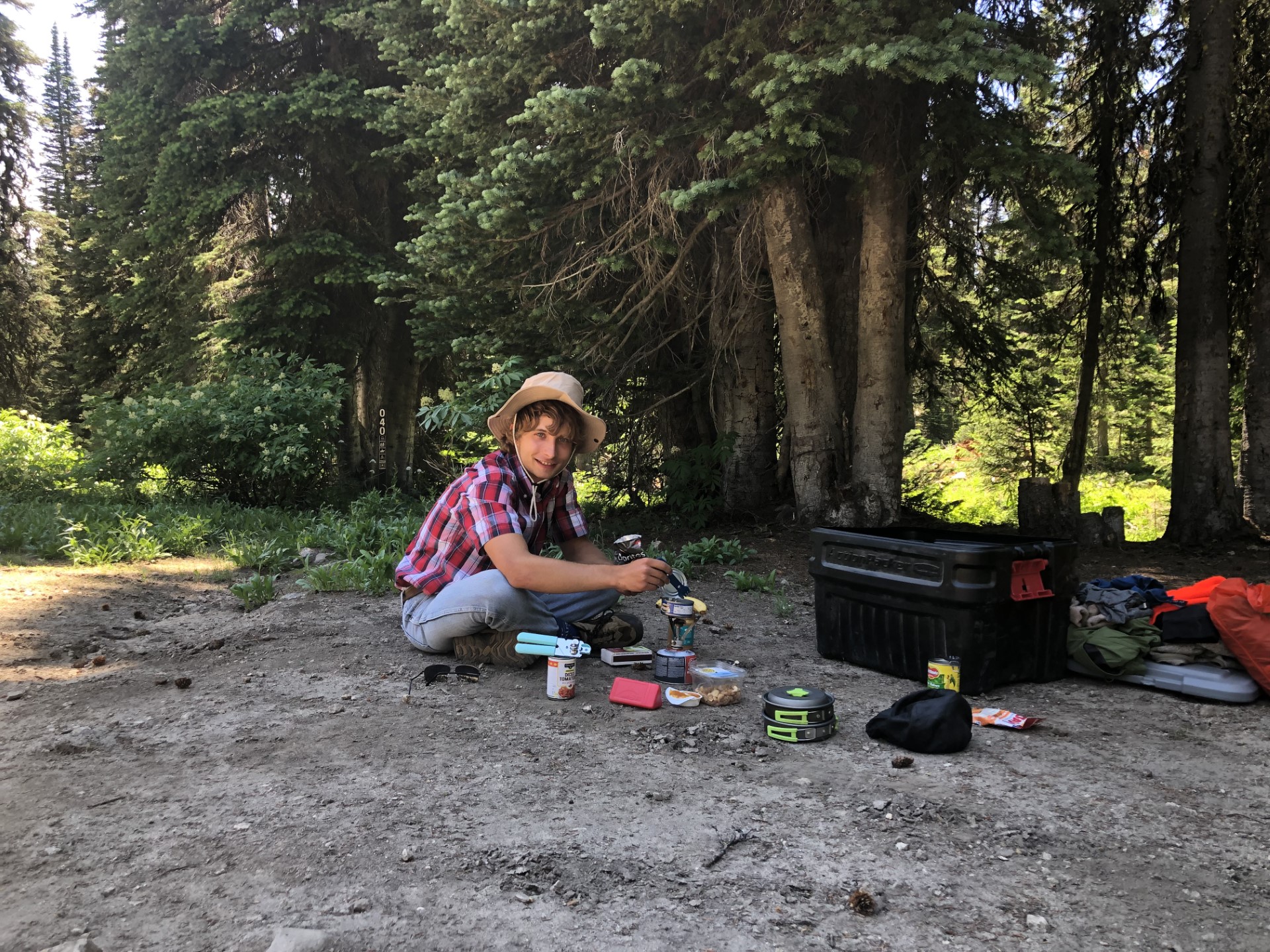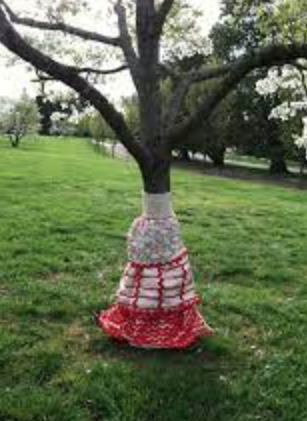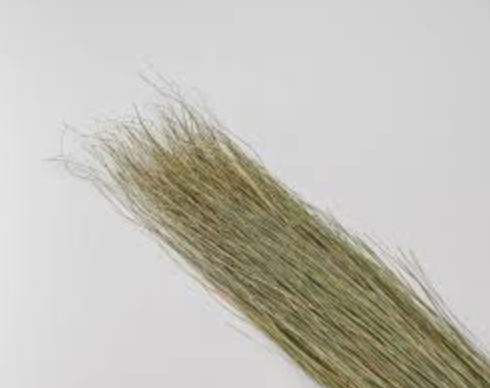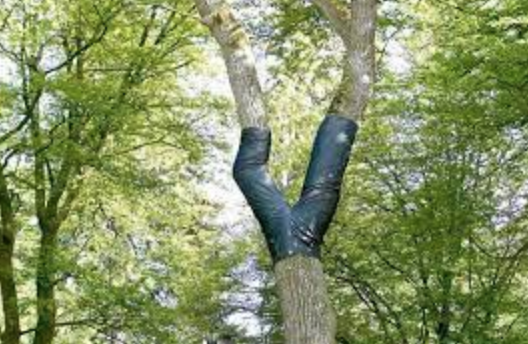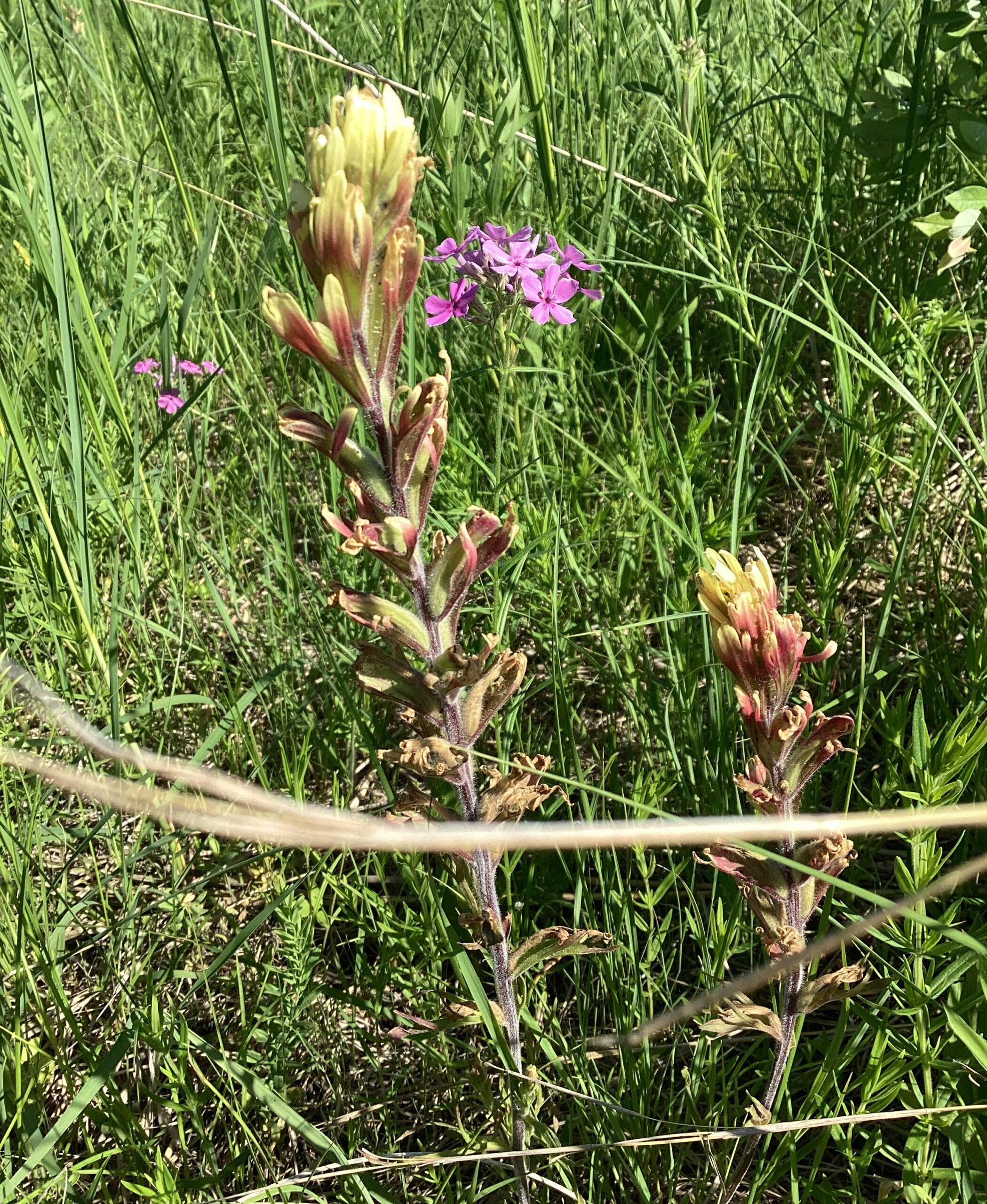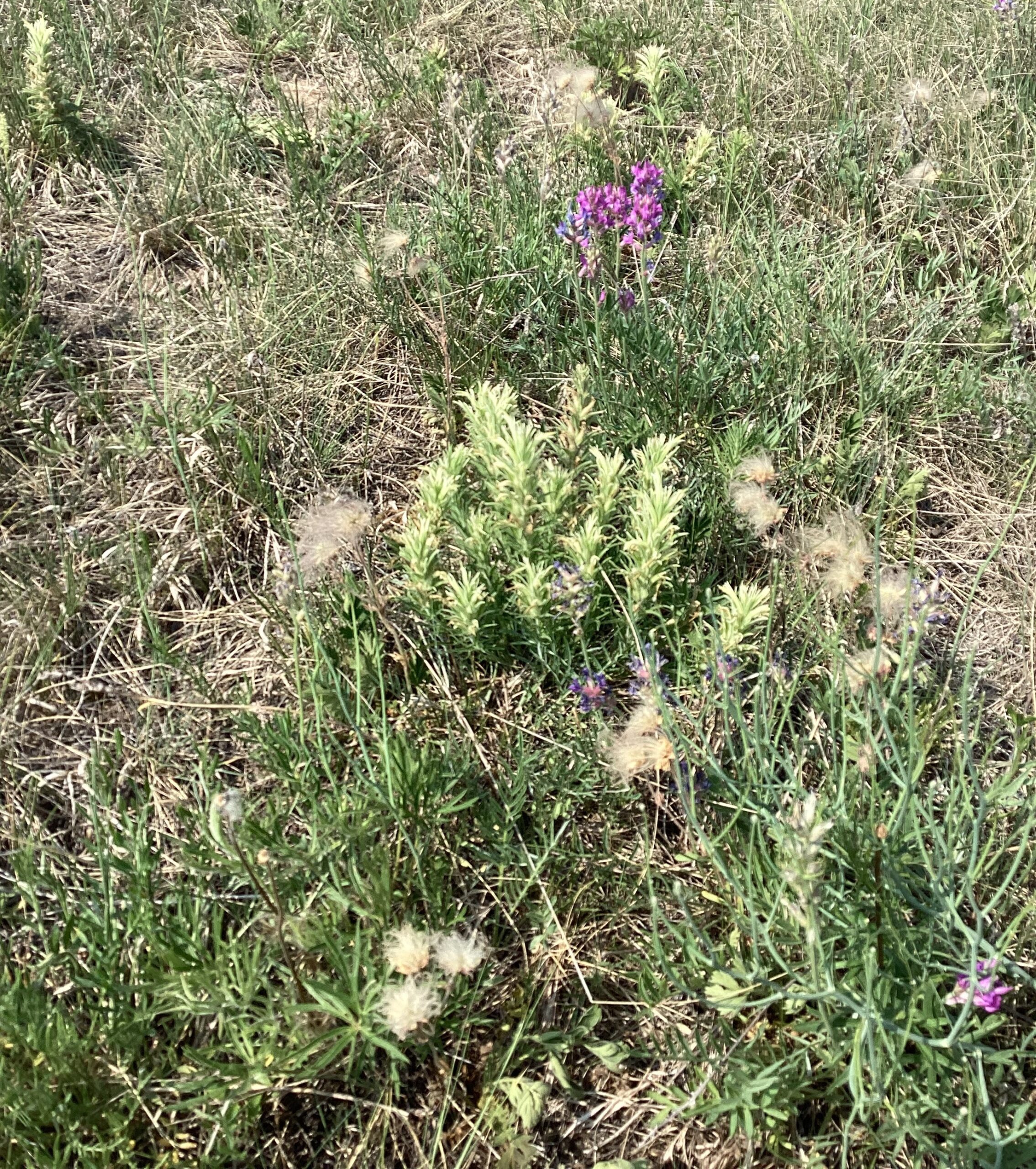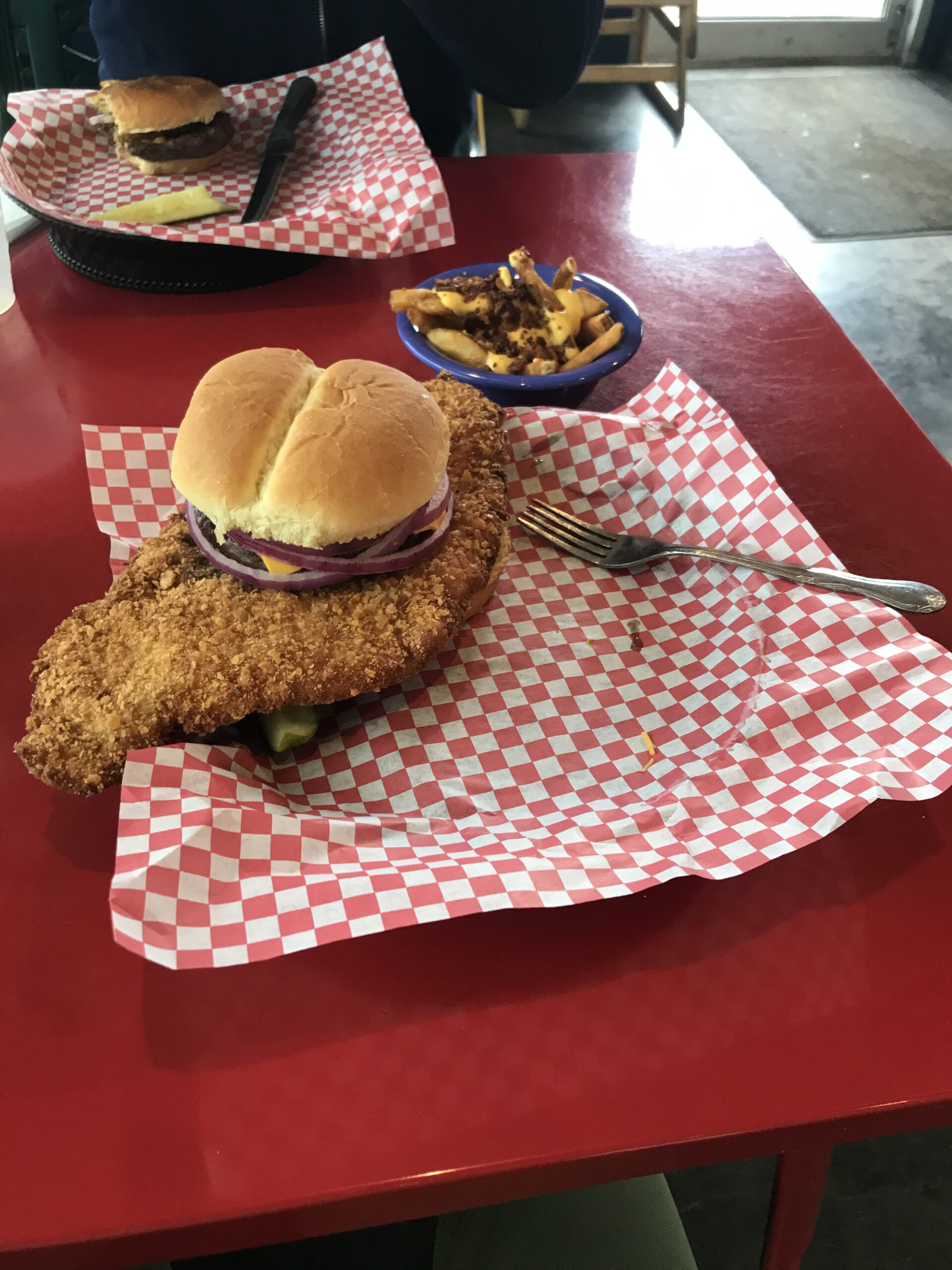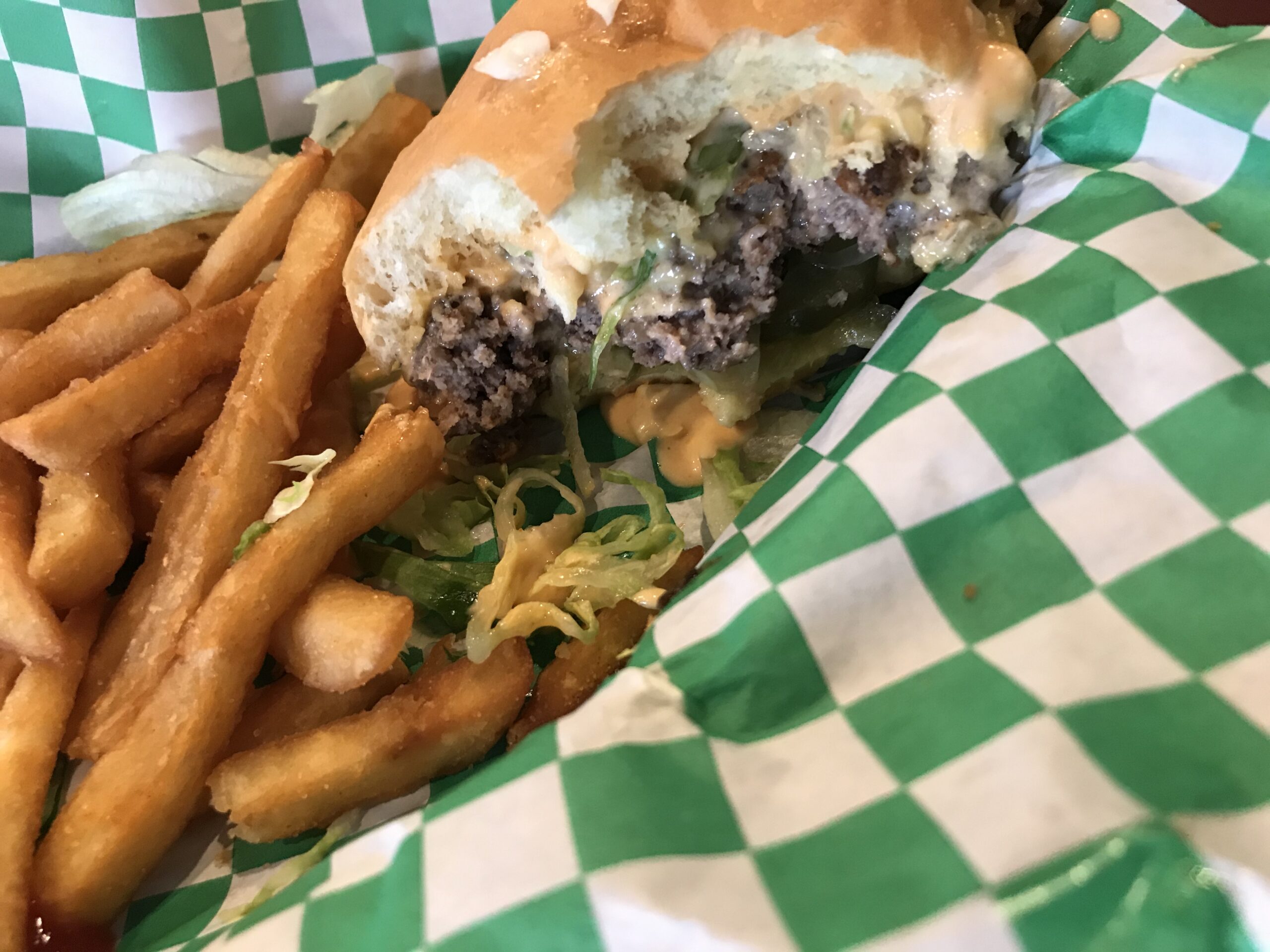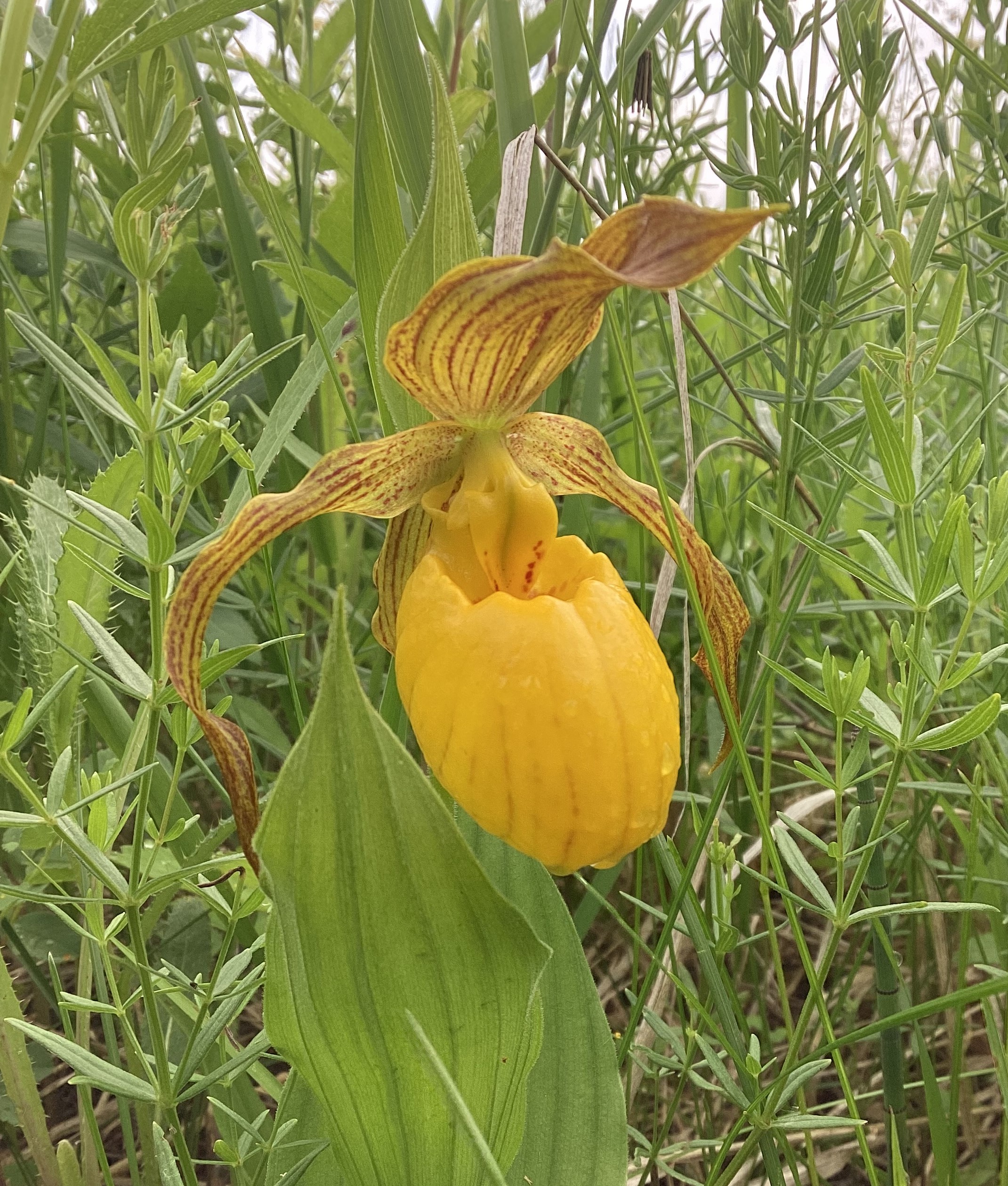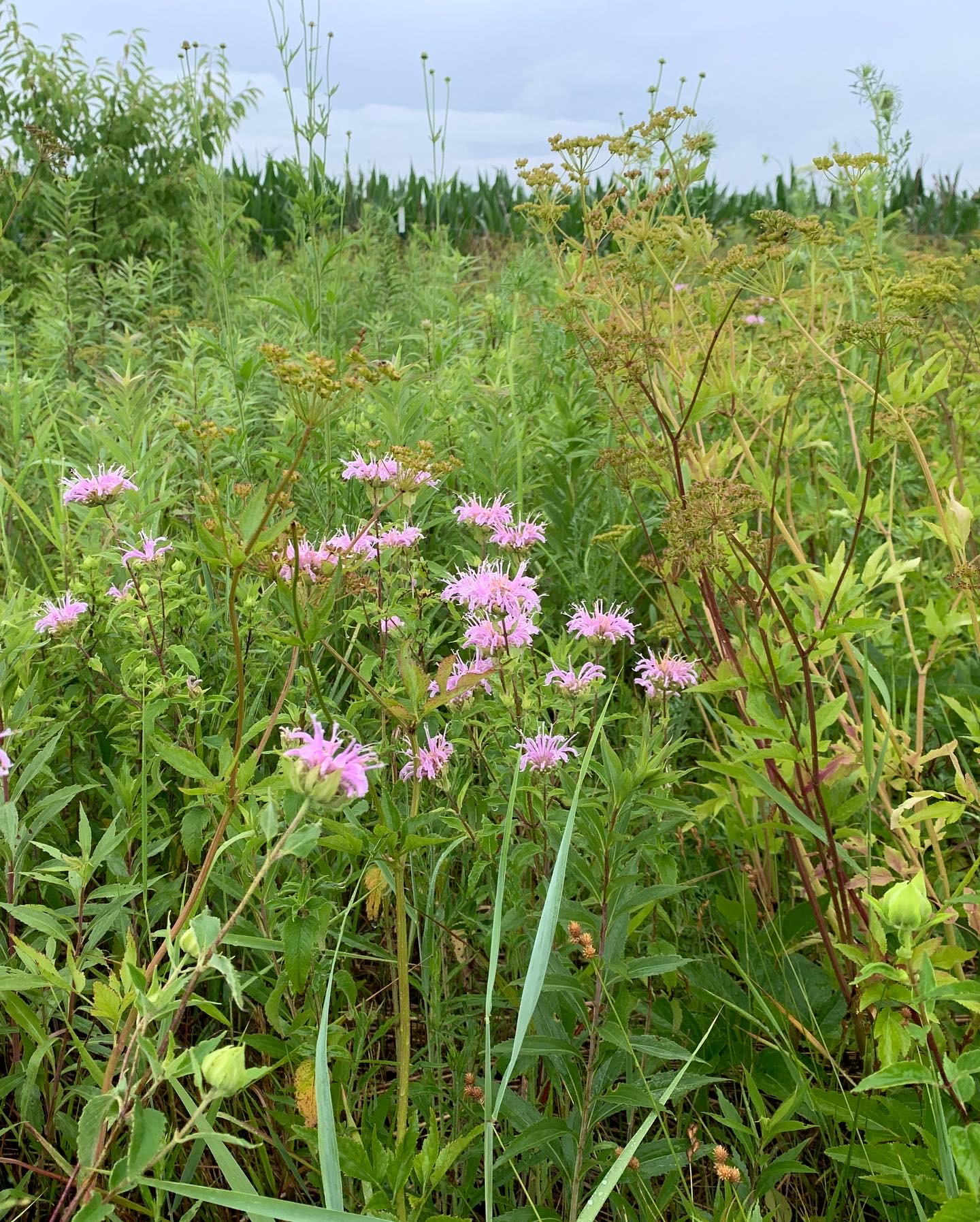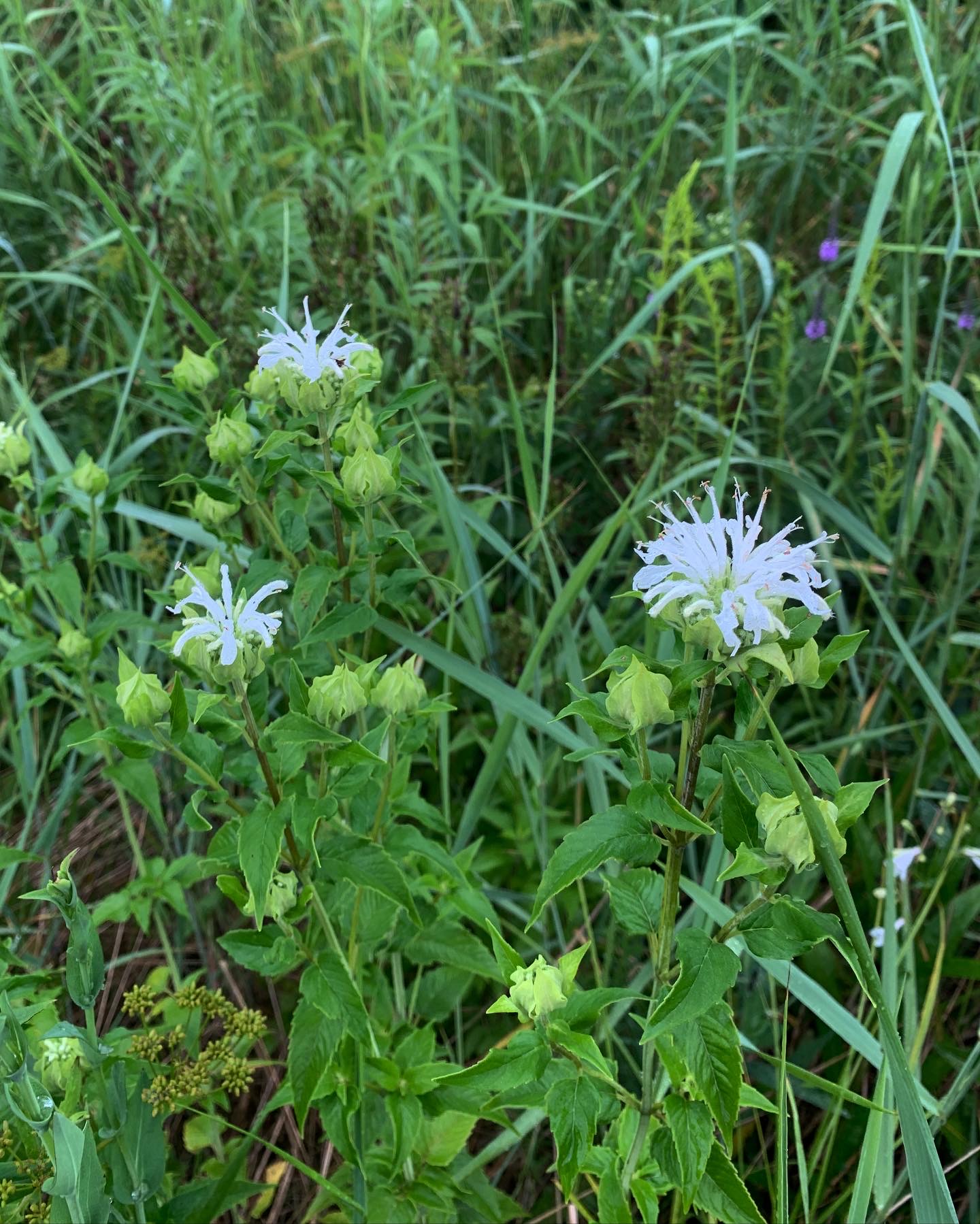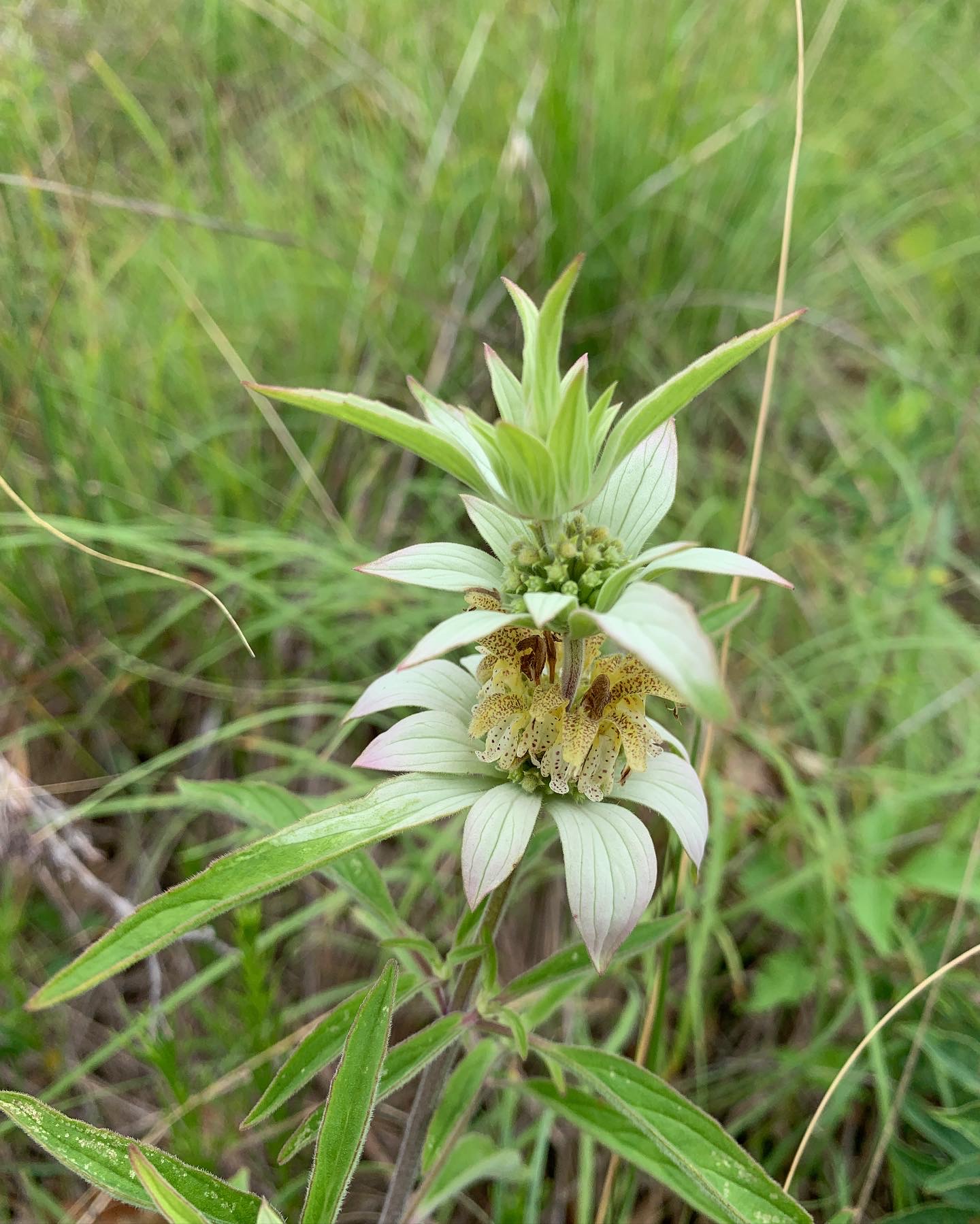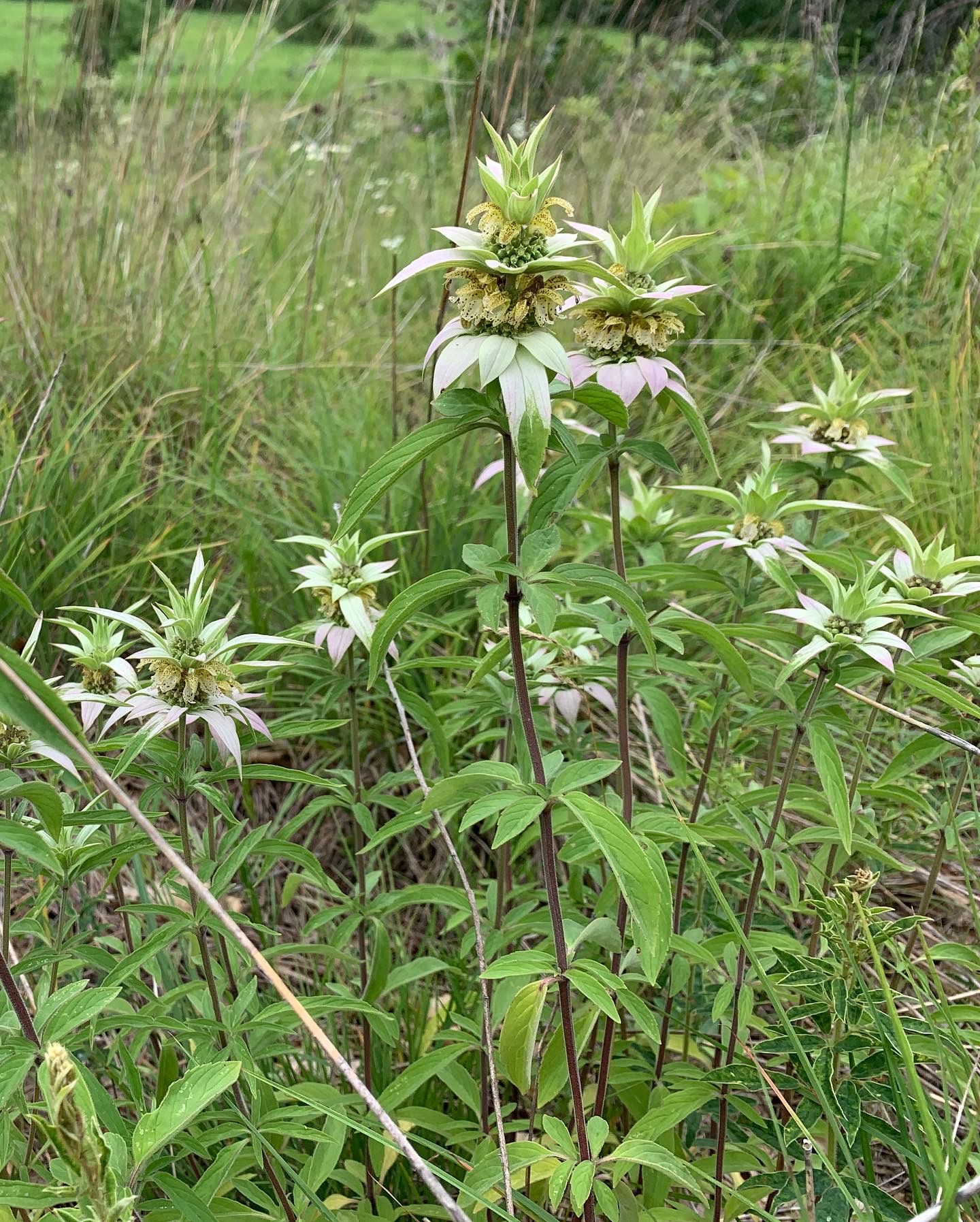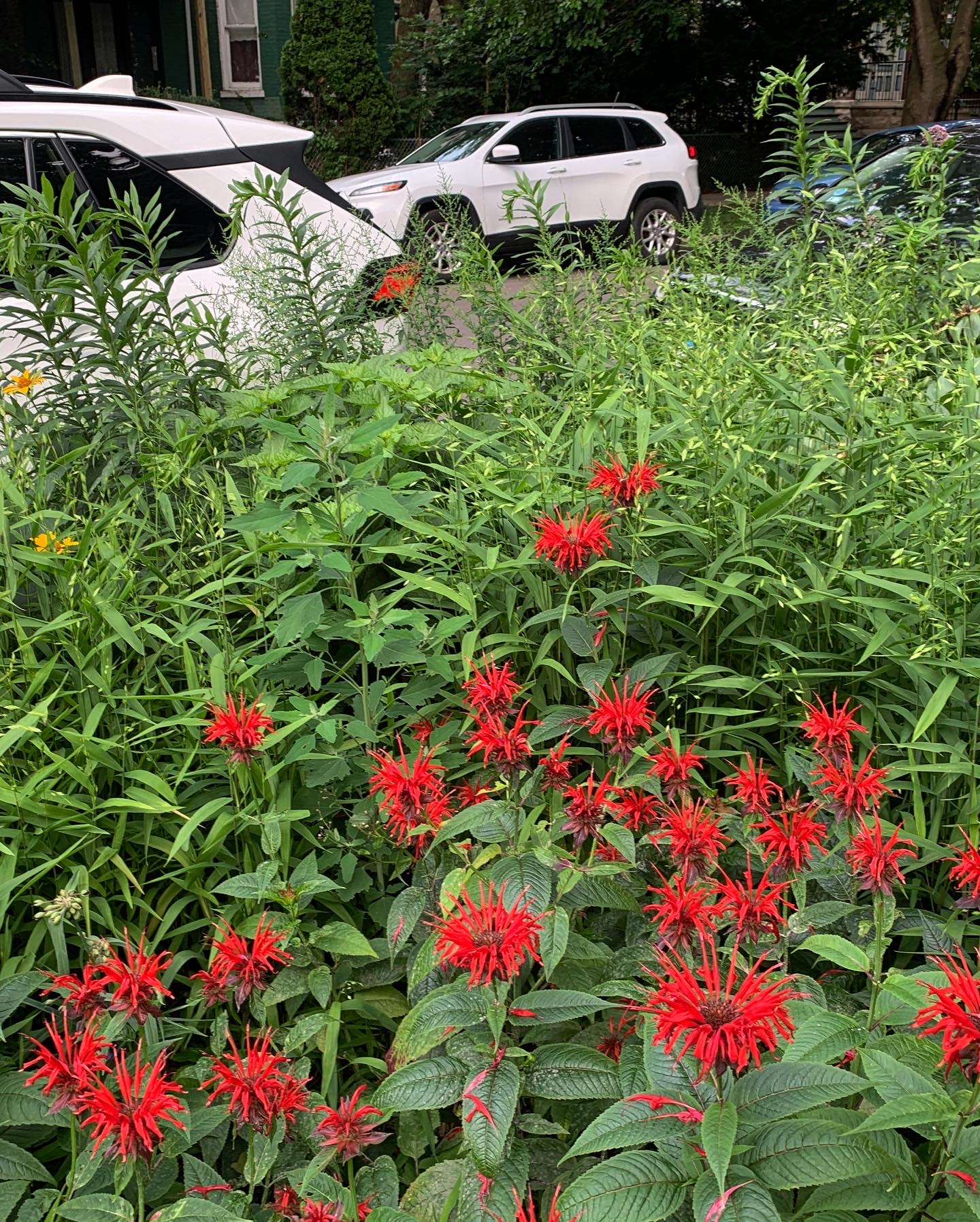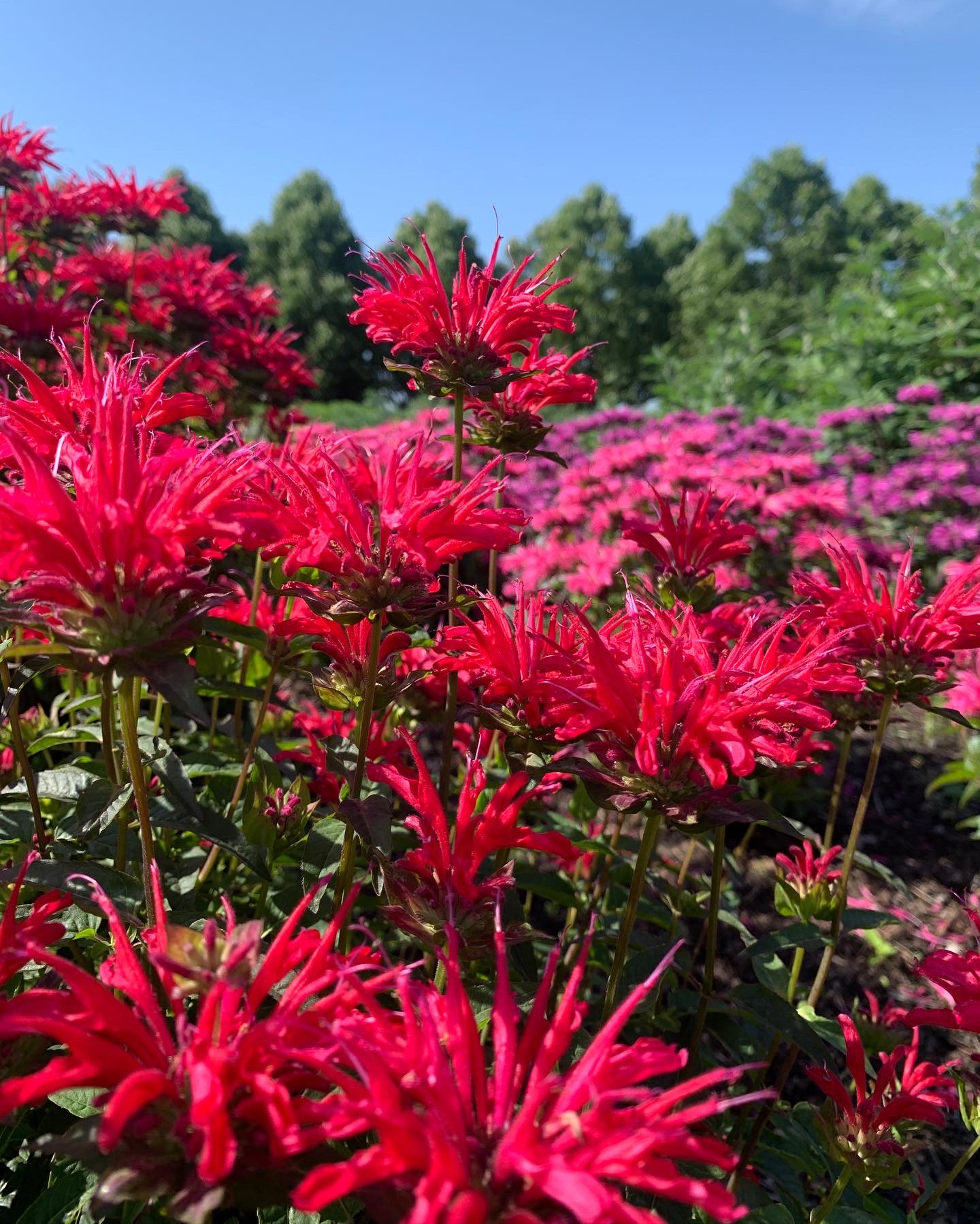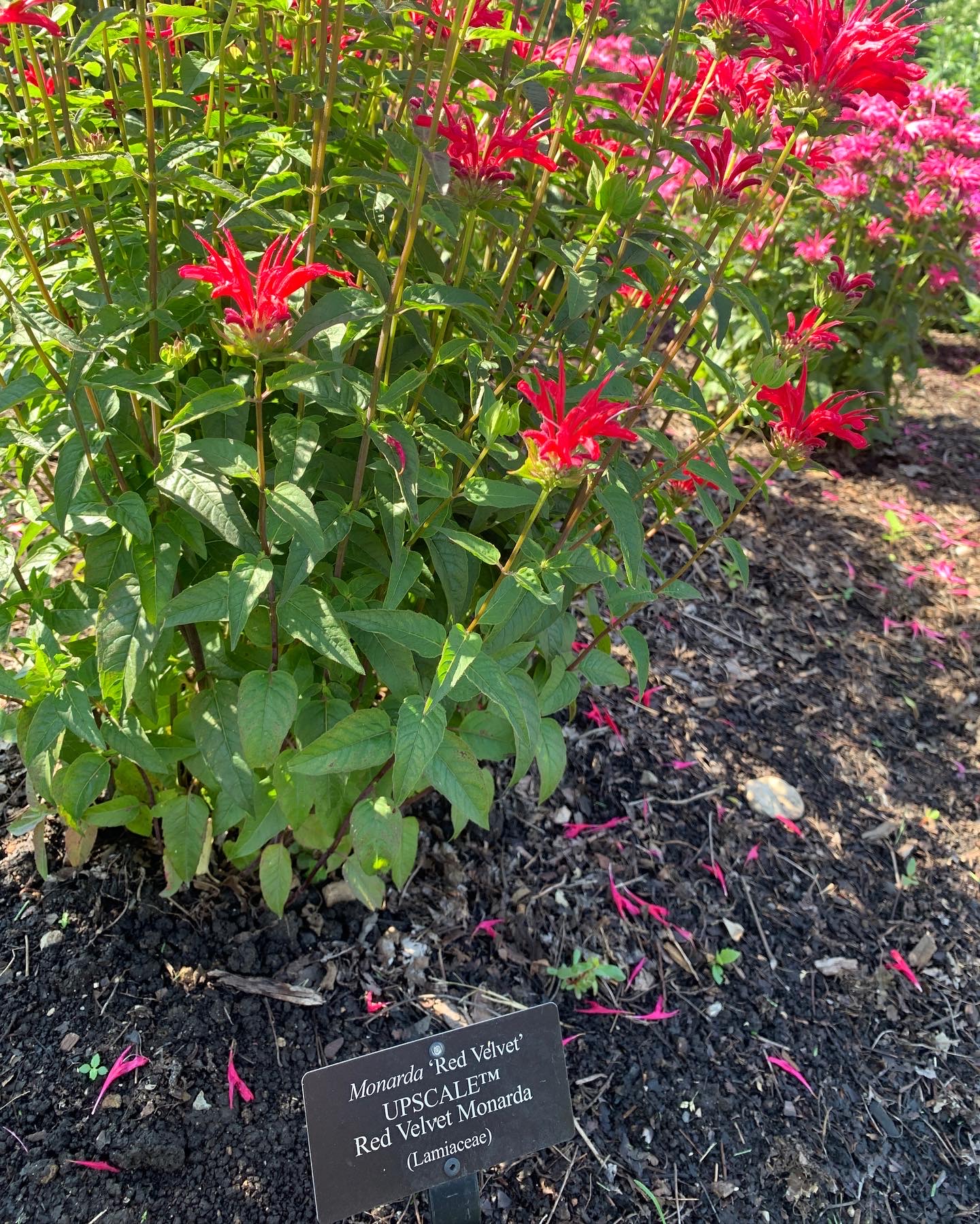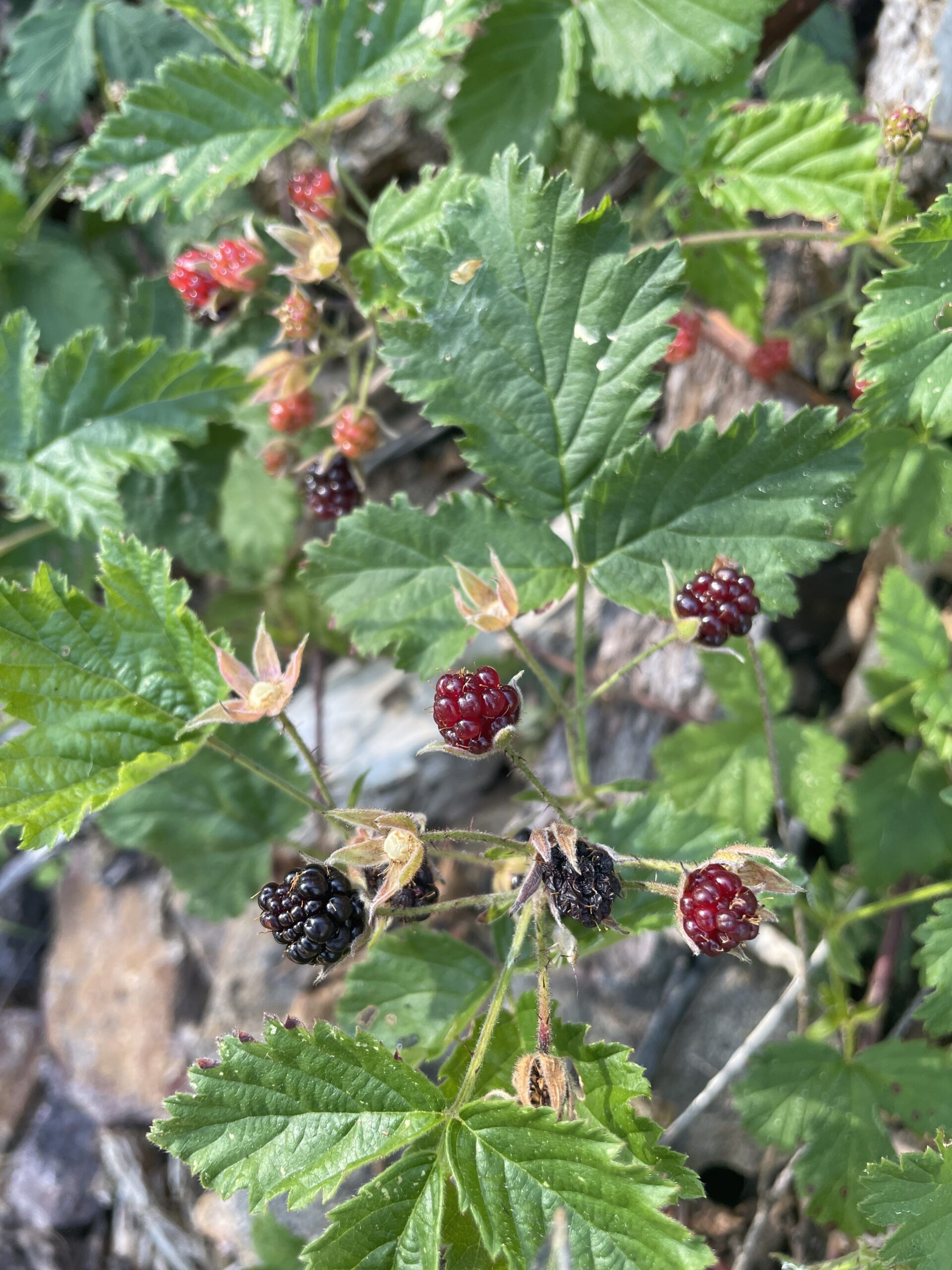Picture this… You are a simple ant, living your life in the Bitterroot mountains of western Montana. You have not a care in the world – except to help feed your hundreds of family members and to protect your queen. “Hm this looks like a cool place, possibly lots to eat!”, you exclaim as you stumble upon a wide open fen.
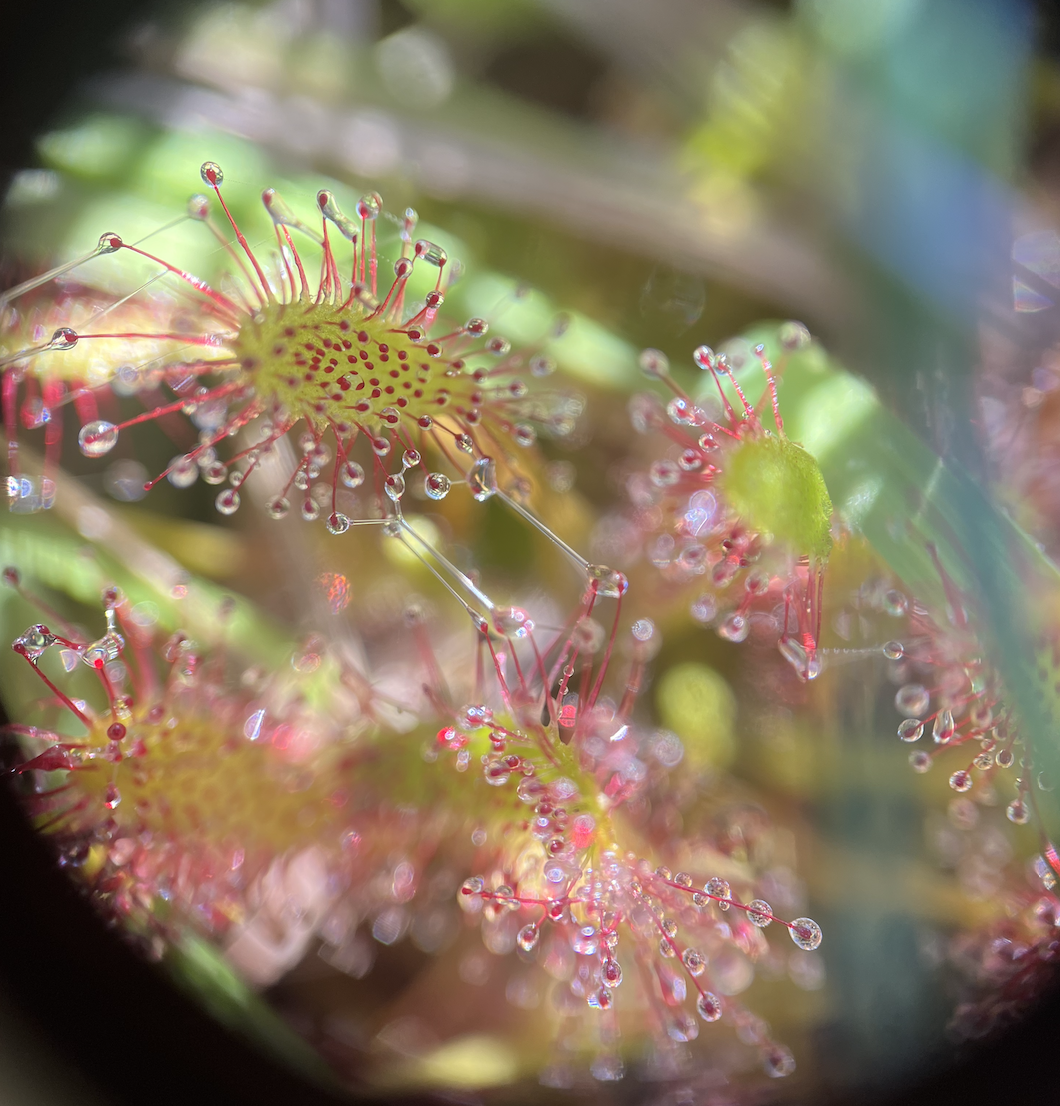
“What is this sugary looking delectable delight? I’ll just have a little taste, then I’ll go let the others know!” You trek the long distance over the Carex, Mimulus, Cinquefoil, and more.
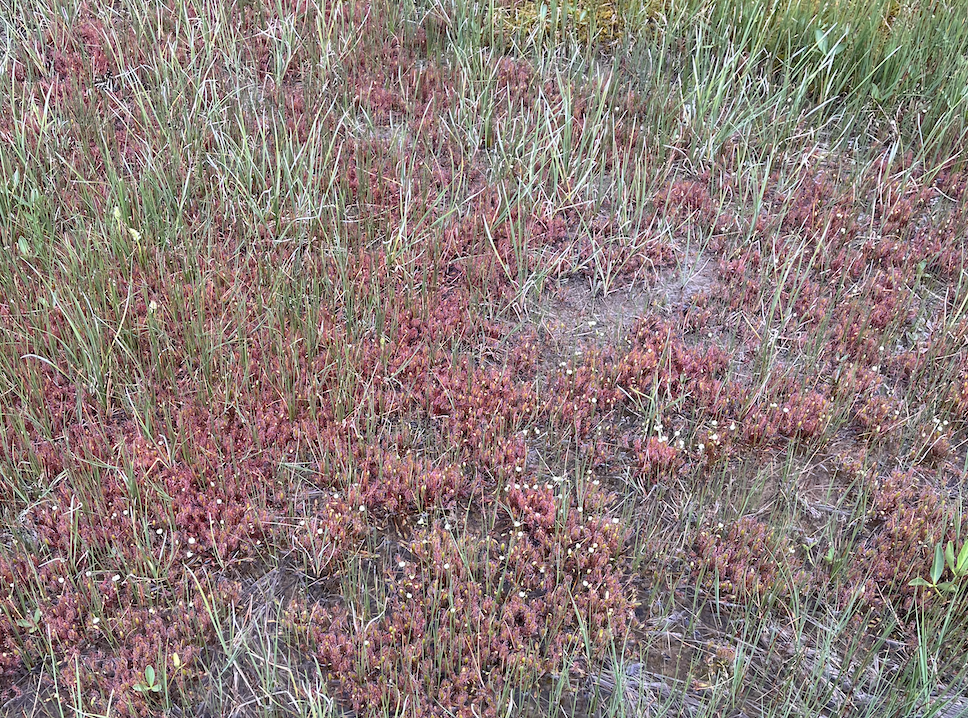
“Wow look at all of this! I’m gonna feed my family forever!” Your little ant brain fills you with joy as you make your way to the new delicious plant. You climb up the stem, and although it’s a bit sticky, you don’t think much of it, very few things that are worth getting are easy to get – you rationalize to yourself. “What is this, what is going on??” As you step onto the leaf, you find yourself stuck in the glandular hairs. You can’t move. Your body starts to tingle, and you come to the realization that you are not leaving.
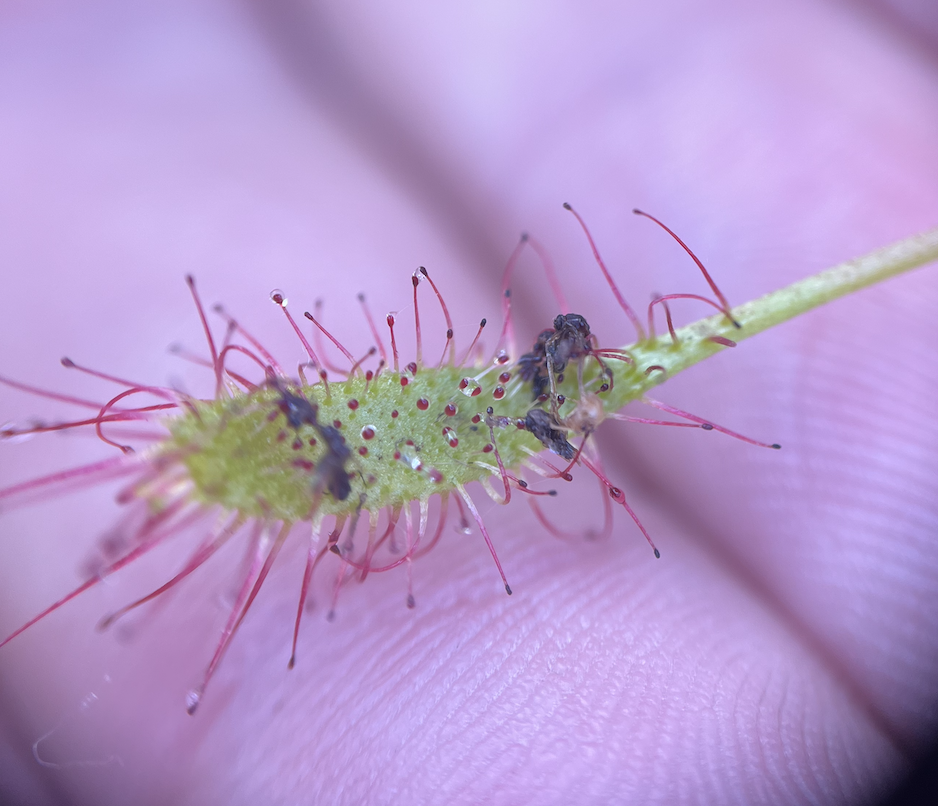
The English Sundew strikes again. Drosera anglica uses its long tentacles to trap another victim. At least – this is what I imagine happens with this carnivorous plant, although it’s likely much less dramatic than this. On one of our monitoring projects this month, we checked out a population of this English Sundew, and found that is was more than double the size that it was presumed to be a few years ago, and whether it has actually grown that much, or if it just wasn’t documented, we are unsure, but the population size was massive – possibly up to 10,000 individuals! I have seen very few carnivorous plants in person, and this was so amazing to see such a huge population of this sensitive species. This species is cool because it can actually be found in many places throughout the world from Alaska to Hawaii to Japan to Southern Europe at higher elevations. This plant also specifically grows with sphagnum moss, which is not very common in Montana, so this is an interesting find. Because this is a carnivorous plant, it does not photosynthesize, and relies almost solely on the nutrients obtained from insects that find themselves caught in their hairs. They also self fertilize, so they do not need to be pollinated, therefore saving maximum amount of food for their sustenance. Overall this plant is really amazing, and it never ceases to amaze me that nature always finds a way to survive!
https://www.fs.usda.gov/wildflowers/plant-of-the-week/drosera_anglica.shtml

